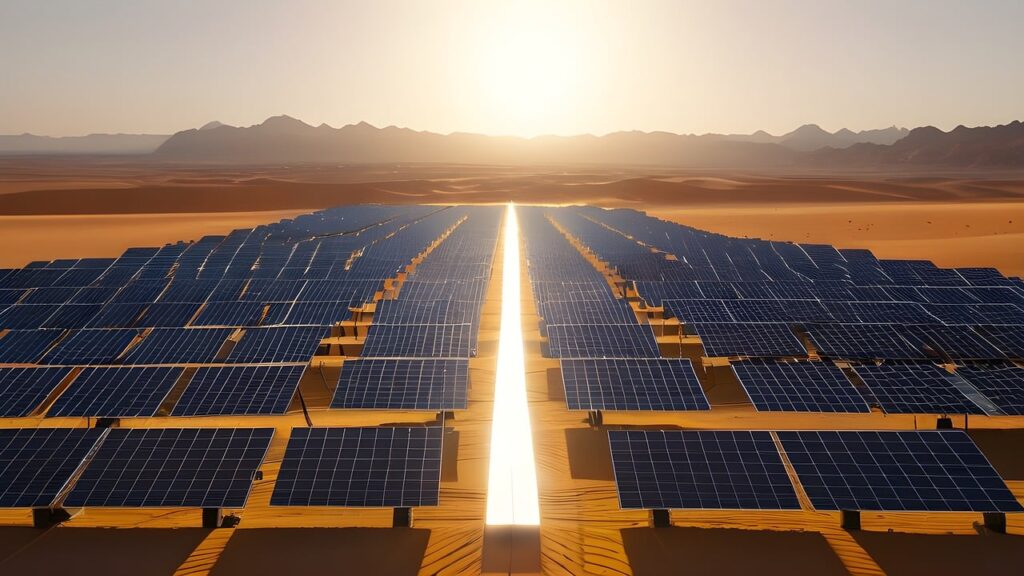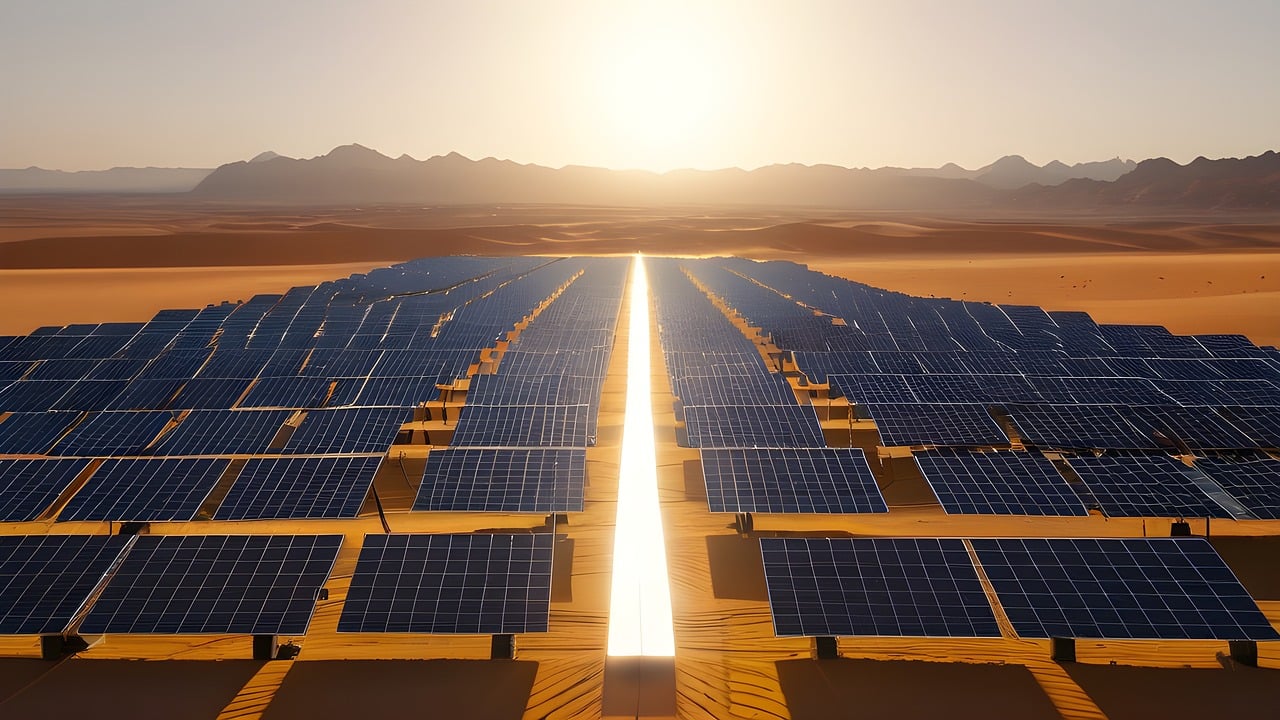
The transition to renewable energy sources is crucial for addressing climate change and reducing our reliance on fossil fuels. Solar and wind energy, as major sources of renewable energy, are experiencing significant growth but face technical and operational challenges. Artificial intelligence (AI) is emerging as a key tool to overcome these challenges and optimize the production and use of renewable energy. This article explores how AI is transforming solar and wind energy, improving the efficiency and reliability of these technologies.
1. Optimization of Solar Energy
a. Energy Generation Prediction
- Predictive Models: AI can forecast the amount of solar energy to be generated based on variables such as weather conditions, time of day, and geographic location. Machine learning algorithms analyze historical and real-time data to make accurate projections about energy generation, allowing operators to optimize resource management and improve planning.
- Weather Data: Integrating real-time weather data with AI models helps anticipate changes in solar irradiation and adjust operations accordingly. For example, if cloud cover is expected, systems can adjust production expectations and redistribute stored energy to prevent deficits.
b. Predictive Maintenance
- Equipment Monitoring: AI systems monitor the condition of solar panels and inverters in real-time, detecting anomalies and signs of potential failures before they occur. Predictive maintenance reduces downtime and improves the operational efficiency of solar installations.
- Data Analysis: AI algorithms analyze performance and historical maintenance data to identify patterns that may indicate future issues. This allows for more effective scheduling of repairs and maintenance, avoiding unnecessary costs.
c. Panel Performance Optimization
- Angle and Orientation Adjustment: AI-equipped solar tracking systems adjust the angle and orientation of solar panels to maximize sunlight capture throughout the day. Adaptive control algorithms optimize panel positioning based on the sun’s position and weather conditions, enhancing energy generation efficiency.
- Dirt and Shading Detection: AI also helps identify and manage issues such as dirt on panels or shading caused by nearby objects. Computer vision algorithms can detect dirty areas and predict cleaning needs, as well as adjust production to mitigate the impact of shading.
2. Optimization of Wind Energy
a. Wind Energy Generation Prediction
- Forecasting Models: Similar to solar energy, AI is used to predict wind energy generation based on meteorological, historical, and real-time data. Advanced algorithms analyze wind patterns and atmospheric conditions to provide accurate forecasts, enabling better planning and management of wind energy.
- Turbine Control: AI systems adjust wind turbine operations in response to variations in wind speed and other environmental conditions. This ensures that turbines operate optimally under a range of conditions, maximizing energy production.
b. Predictive Maintenance and Asset Management
- Vibration and Sound Analysis: AI is used to analyze sensor data from wind turbines to detect unusual vibrations and sounds that may indicate imminent failures. Predictive maintenance based on these analyses allows for intervention before severe failures occur, reducing downtime and repair costs.
- Component Optimization: AI algorithms analyze turbine component performance to identify areas for improvement and optimize design and operation. This includes assessing blade performance and adjusting operational parameters to enhance efficiency.
c. Integration with Power Grids
- Grid Control: Integrating wind energy into power grids can be complex due to variability in production. AI optimizes grid control by predicting wind energy supply and adjusting load and storage accordingly. This helps balance supply and demand, ensuring a stable and efficient power grid.
- Energy Storage: AI systems manage wind energy storage by optimizing when to store generated energy and when to release it for use. This improves grid stability and allows for greater integration of wind energy into the electricity supply.
3. Challenges and Future Considerations
a. Data Quality and Quantity
The accuracy of AI models heavily depends on the quality and quantity of available data. It is crucial to have precise and extensive data on weather conditions, equipment performance, and operational patterns to train effective AI models.
b. Implementation Costs
Implementing AI-based solutions can be costly, particularly for smaller installations. However, the initial investment can be offset by savings in maintenance and improvements in long-term efficiency.
c. Security and Privacy
Collecting and analyzing large volumes of data raises security and privacy concerns. It is important to ensure that data is managed securely and that privacy regulations are adhered to.
Conclusion
Artificial intelligence is transforming the renewable energy sector by optimizing the production and use of solar and wind energy. From accurate energy generation forecasting to predictive maintenance and efficient integration with power grids, AI offers powerful tools to enhance the efficiency and reliability of these technologies. As technology advances and associated challenges are addressed, the collaboration between AI and renewable energy will continue to drive a transition towards a more sustainable and efficient energy future.
